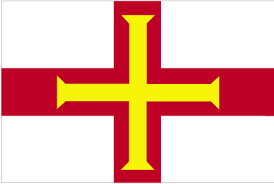
Guernsey visa and entry requirements:
Passport not required
No visa is required
Information from the Foreign Office about your Guernsey trip:
http://www.auswaertiges-amt.de/sid_16EFBCAA8B100051FB1F93A6791C058F/DE/Laenderinformationen/00-SiHi/GrossbritannienSicherheit.html?nn=332636?nnm=332636
Guernsey is the second largest of the British Channel Islands with around 65,000 inhabitants. The Channel Islands are neither part of the United Kingdom nor a crown colony, but as a crown possession directly subordinate to the British Queen. They are therefore not part of the European Union.
The entire territory covers an area of almost 80 square kilometers and consists of the main island of Guernsey and the smaller islands of Alderney, Brecqhou, Burhou, Herm, Lihou, Jethou and Sark. Guernsey has an independent parliament, its own flag and its own currency, the Guernsey pound. However, this means of payment is equivalent to the British pound sterling in a ratio of 1 to 1.
The island area of Guernsey is predominantly hilly with wide meadows and fields. The southern part of the main island consists mainly of kilometers of rugged cliffs.
The island is one of the offshore financial centers due to the low taxes there, which means it is on the “black list” of tax havens. Around 35% of Guernsey's gross national product is generated by financial service providers such as banks, insurance companies or investment companies.
Guernsey is an increasing tourist destination for hikers and nature lovers. However, tourism on the island has declined somewhat in recent years.
The capital and main port city of Guernsey is St. Peter Port. The city has around 20,000 inhabitants, meaning one in three island residents lives there. Other larger towns on the main island are Vale, Castel, Saint Sampson, Saint Martin and Saint Saviour.
There are two interesting museums to admire in St. Peter Port. The Guernsey Museum provides information about the complete history of the island and the Military Museum about the Second World War. Other attractions in Guernsey include Cornet Castle, the Botanical Garden, the Tapestry Gallery, the library, the town church of St. Peter Port, the Hauteville House - the exile of the French writer Victor Hugo for 14 years, the former German underground -Hospital and two other smaller museums.
In June 2016 I flew from the sister island of Jersey to Guernsey for two days. For the short 30-minute flight, I used the island-based airline “Blue Islands”, which operates several times a day between the two Channel Islands. My cozy hotel, located on a slight hill, was built in the typical English style and didn't offer much luxury.
To explore the island I used the “Petit Train”, a perfect opportunity for tourists to get to know the capital and the picturesque island landscape.
Basically, it is very quiet and comfortable on the island, and somehow the clocks even tick a little slower there. Nobody on the entire island is in a hurry or gets caught up in everyday stress, you could say it's a bit boring there at times.
After this short but interesting detour to Guernsey's completely unique island world, I went back to the somewhat livelier island of Jersey the next day.

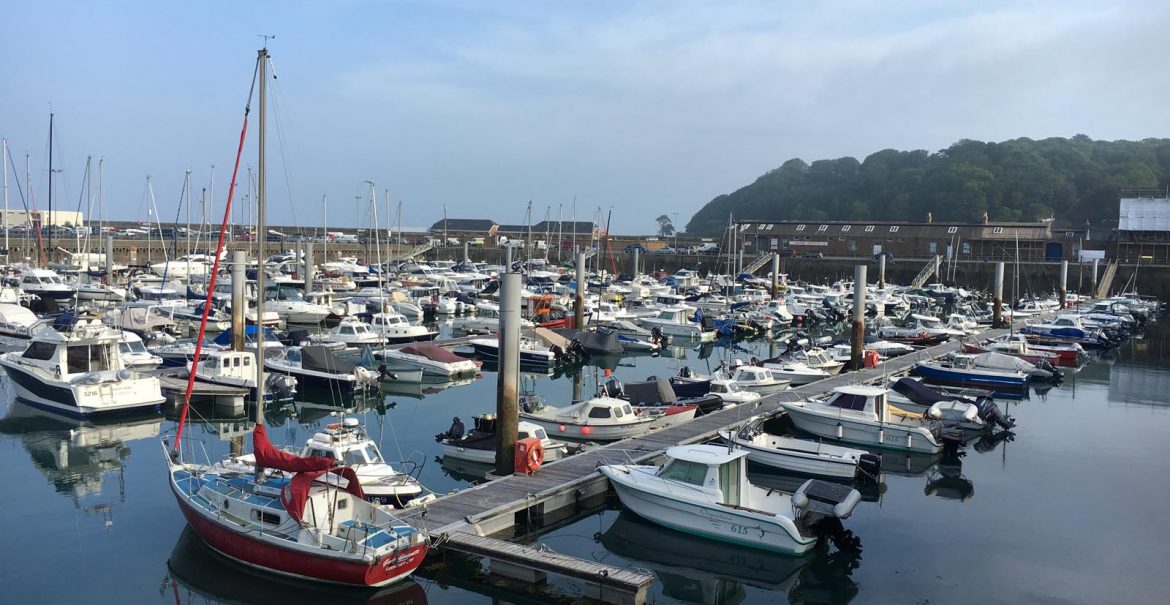
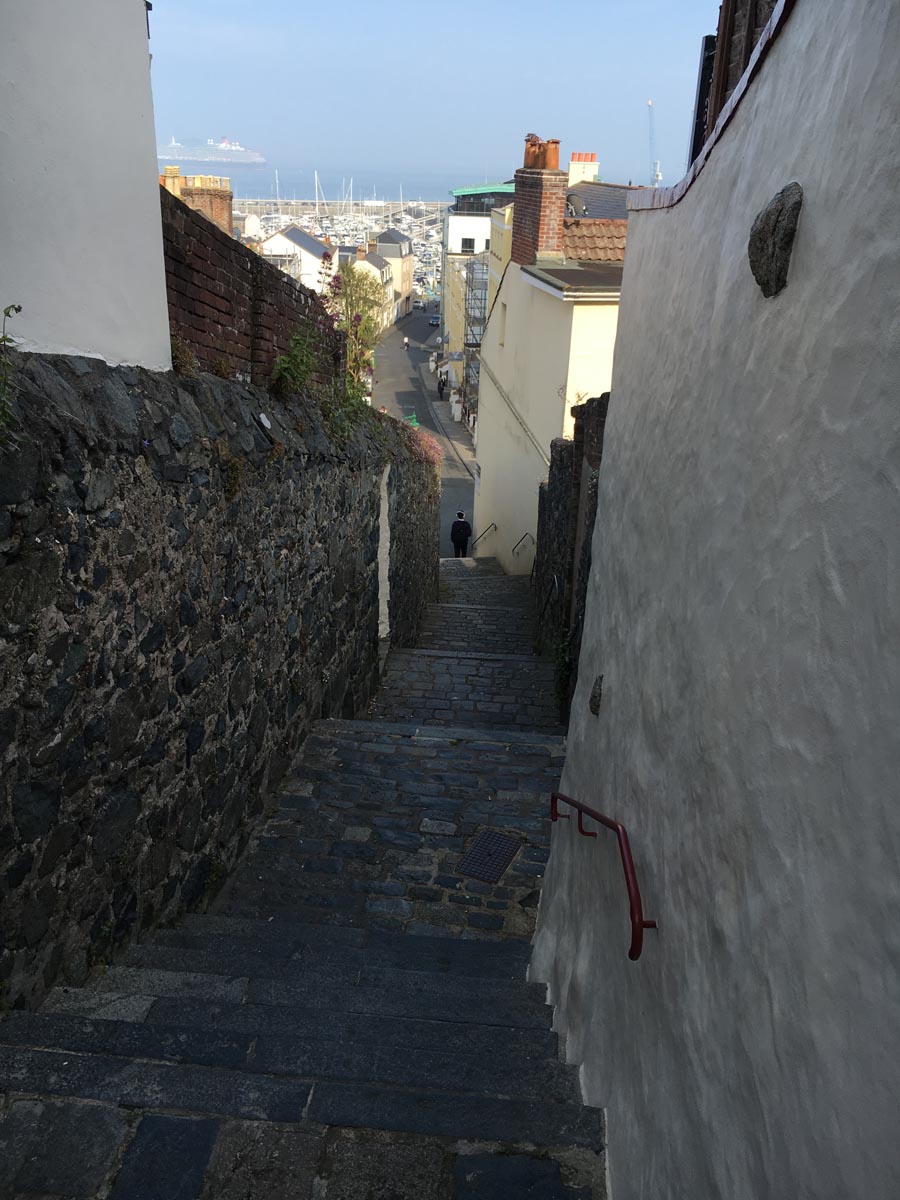
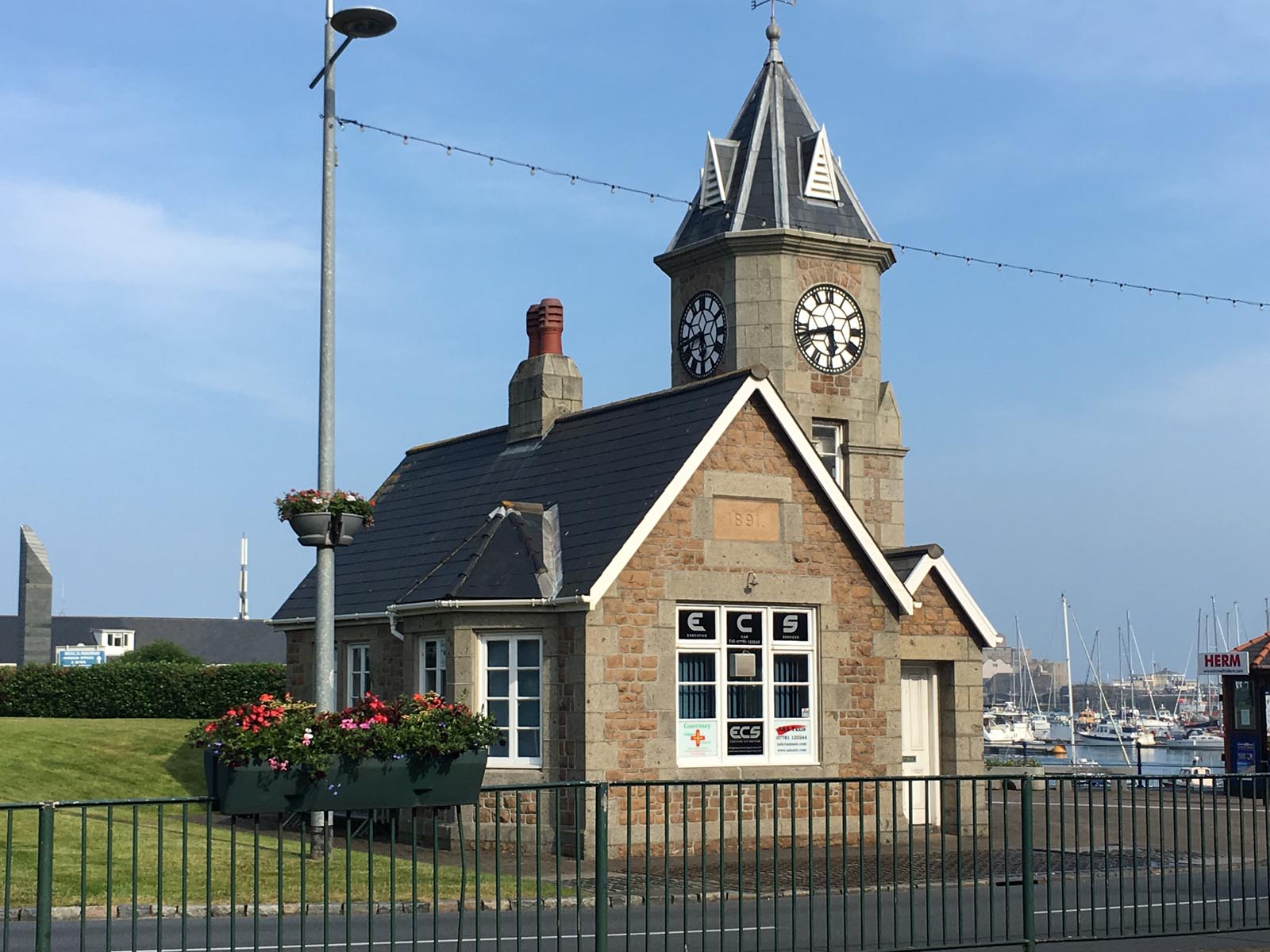
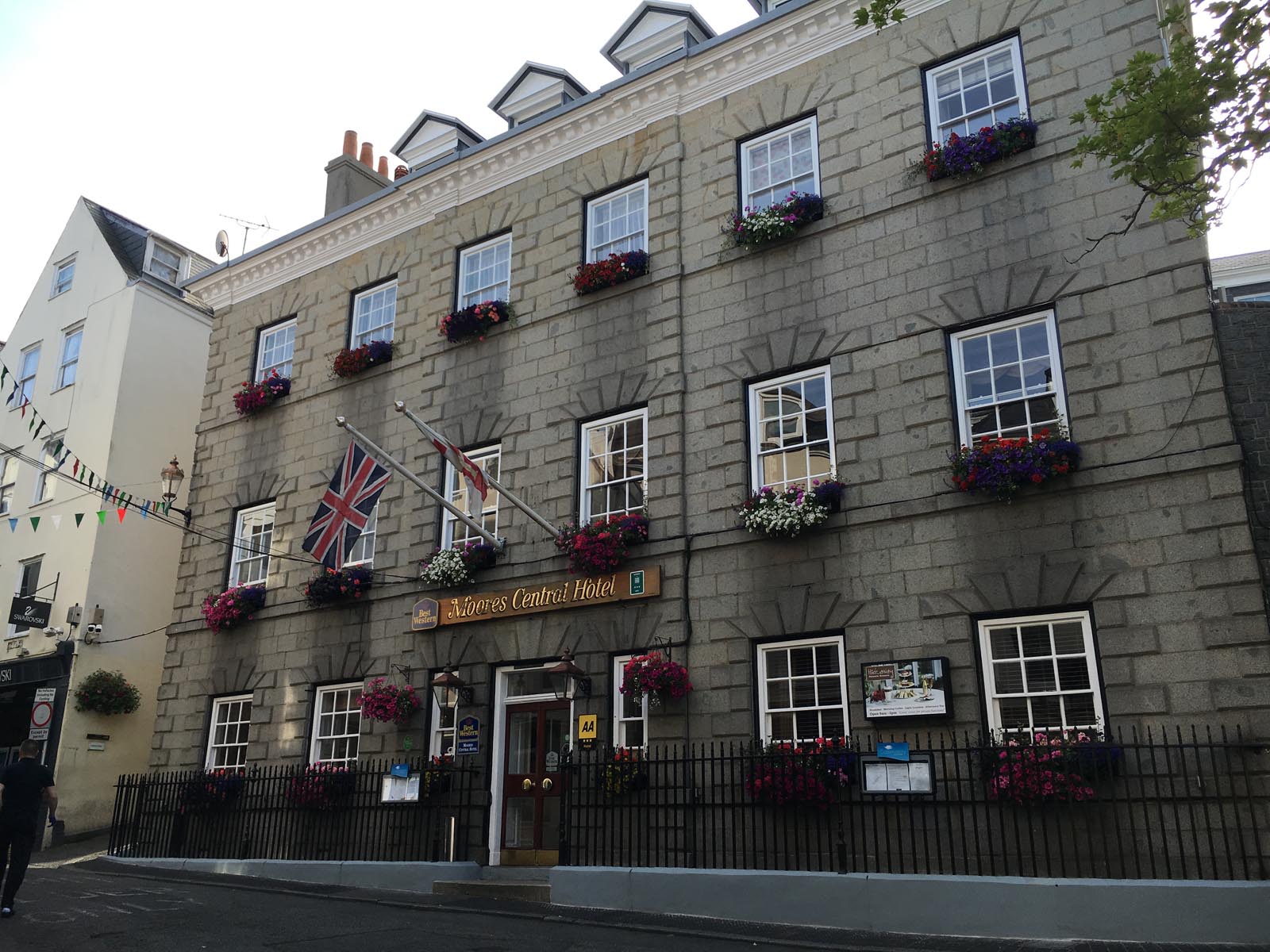
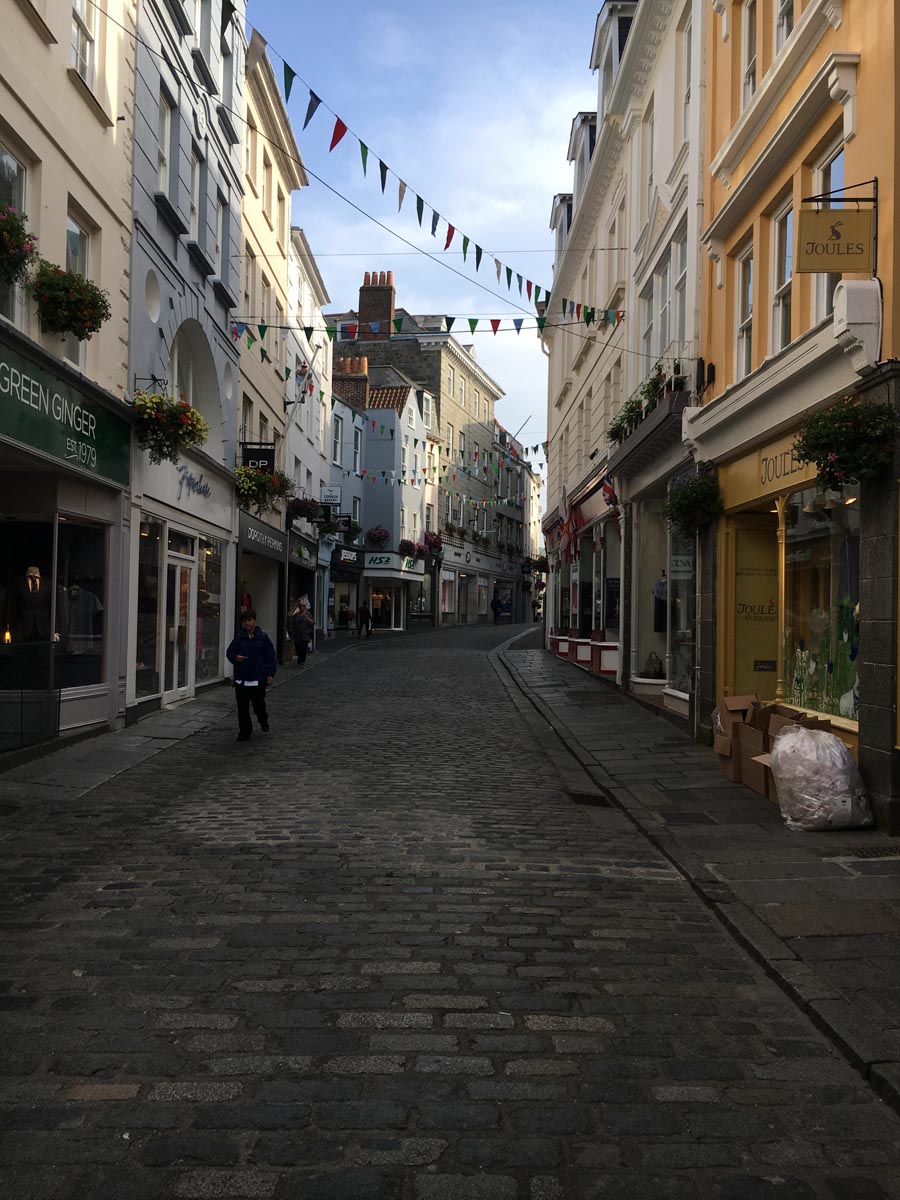
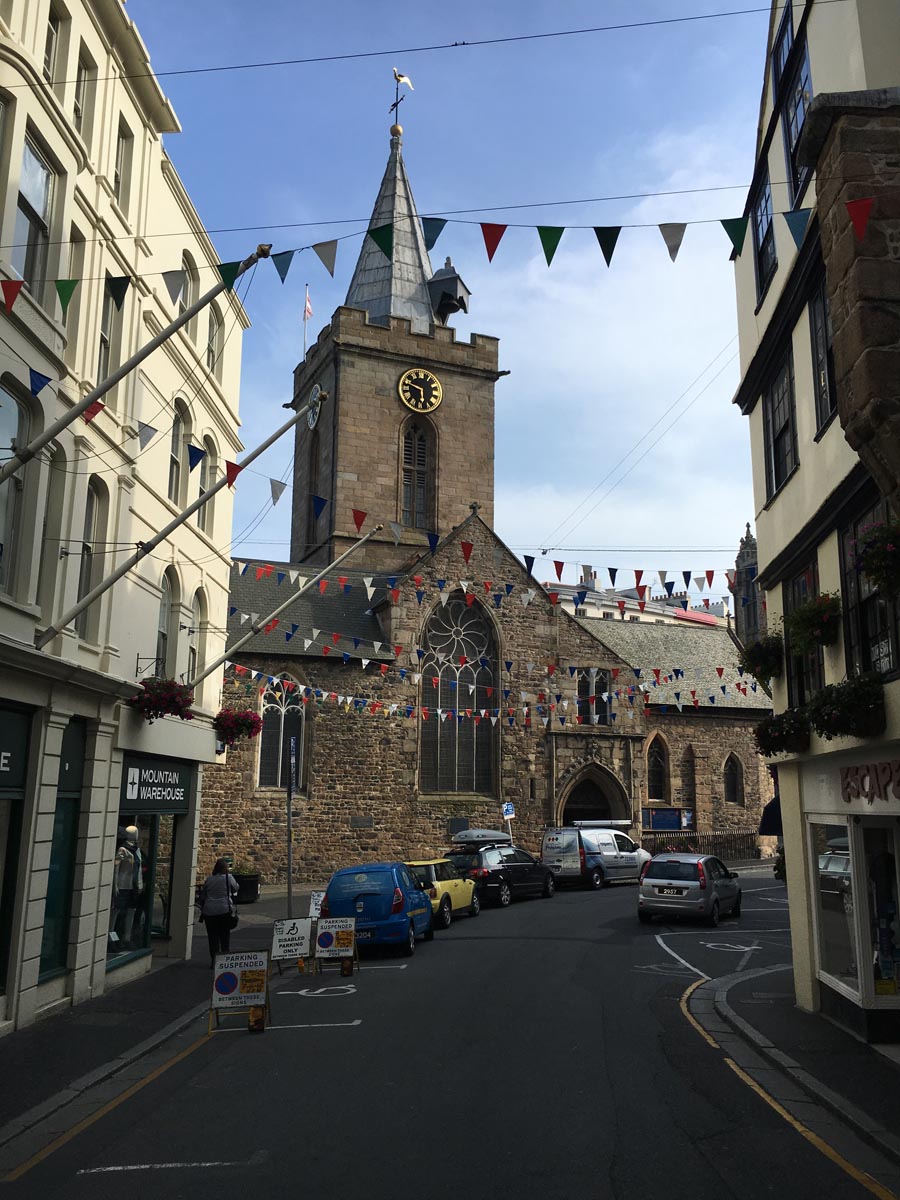
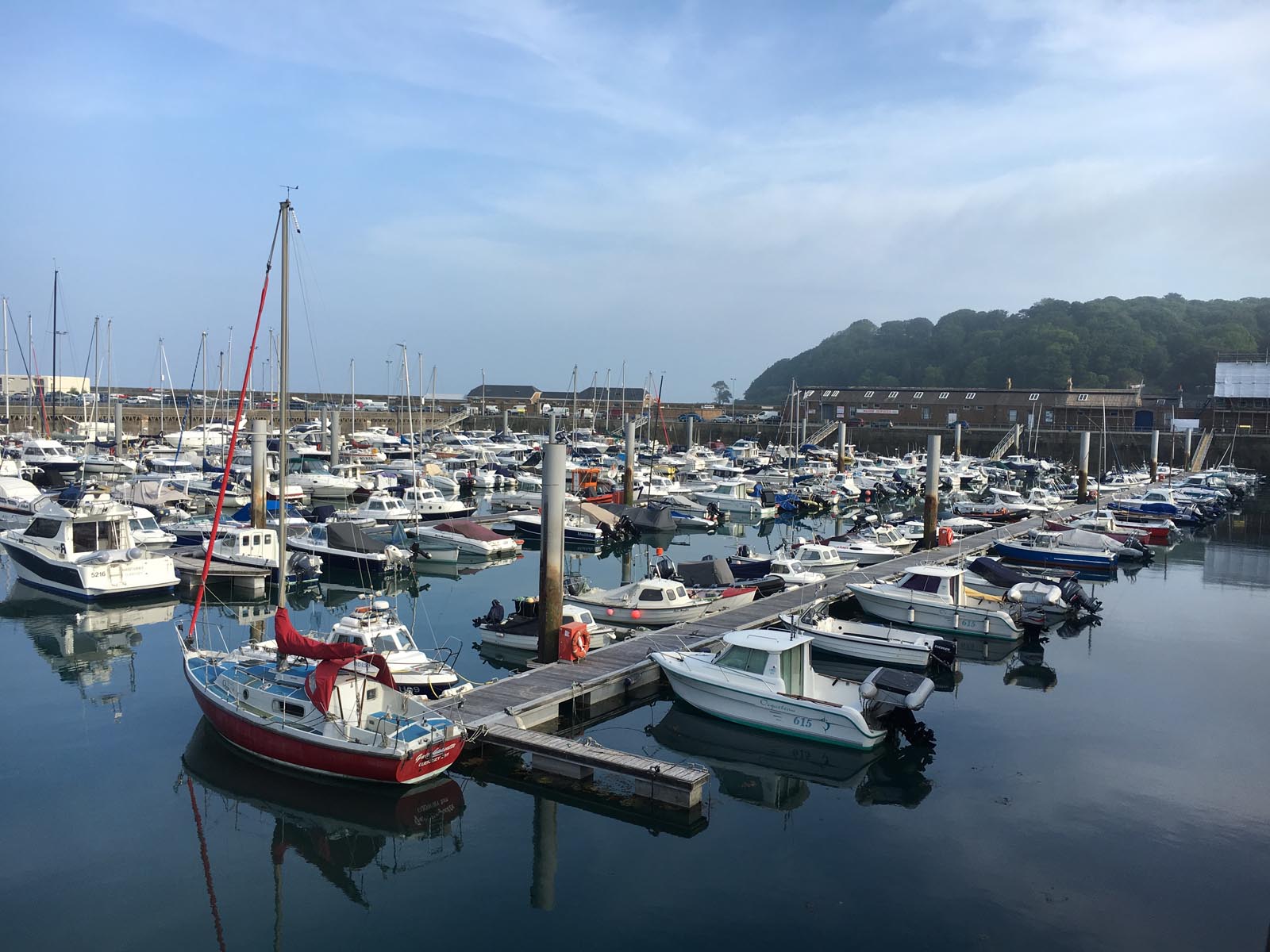
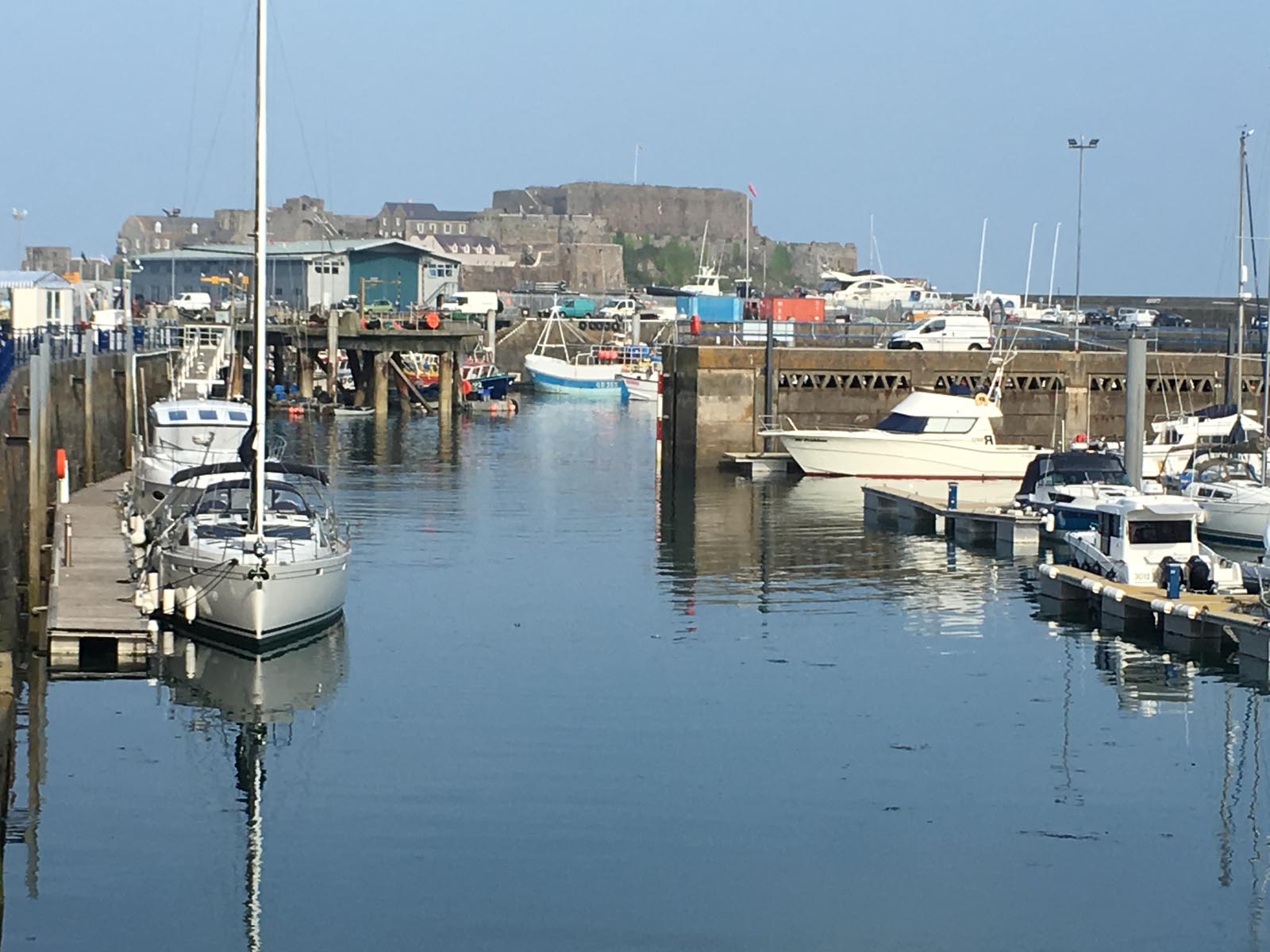
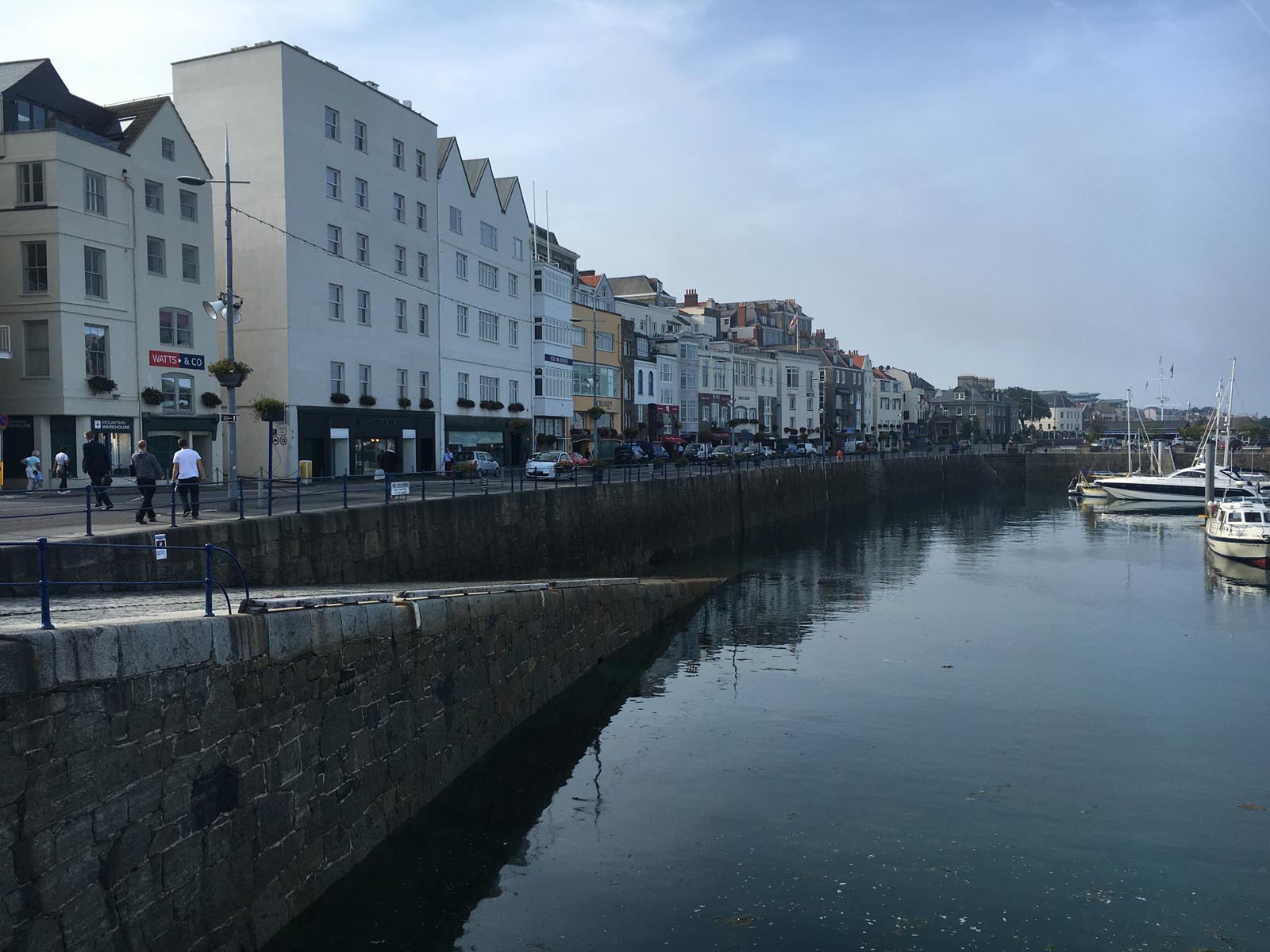
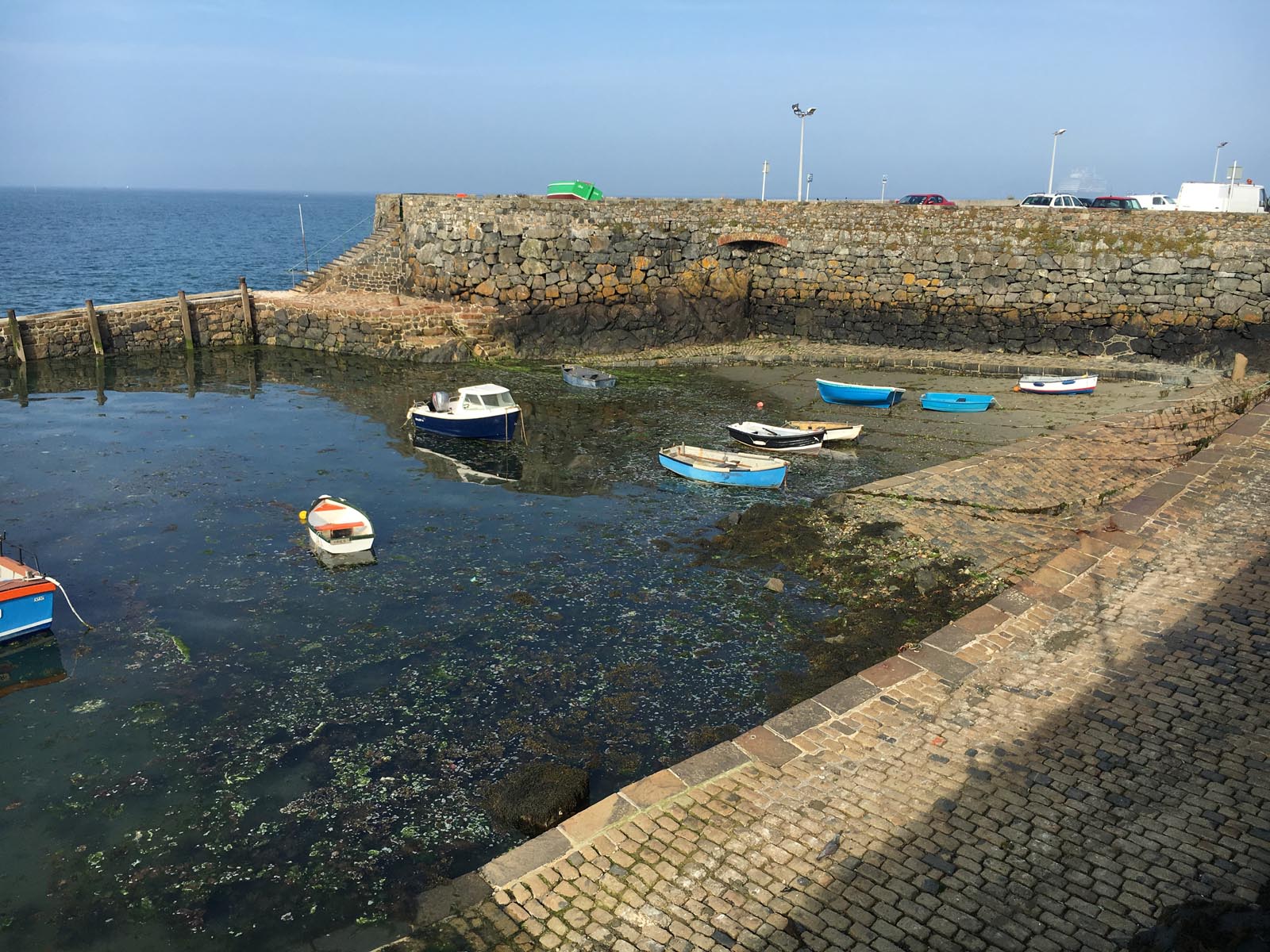
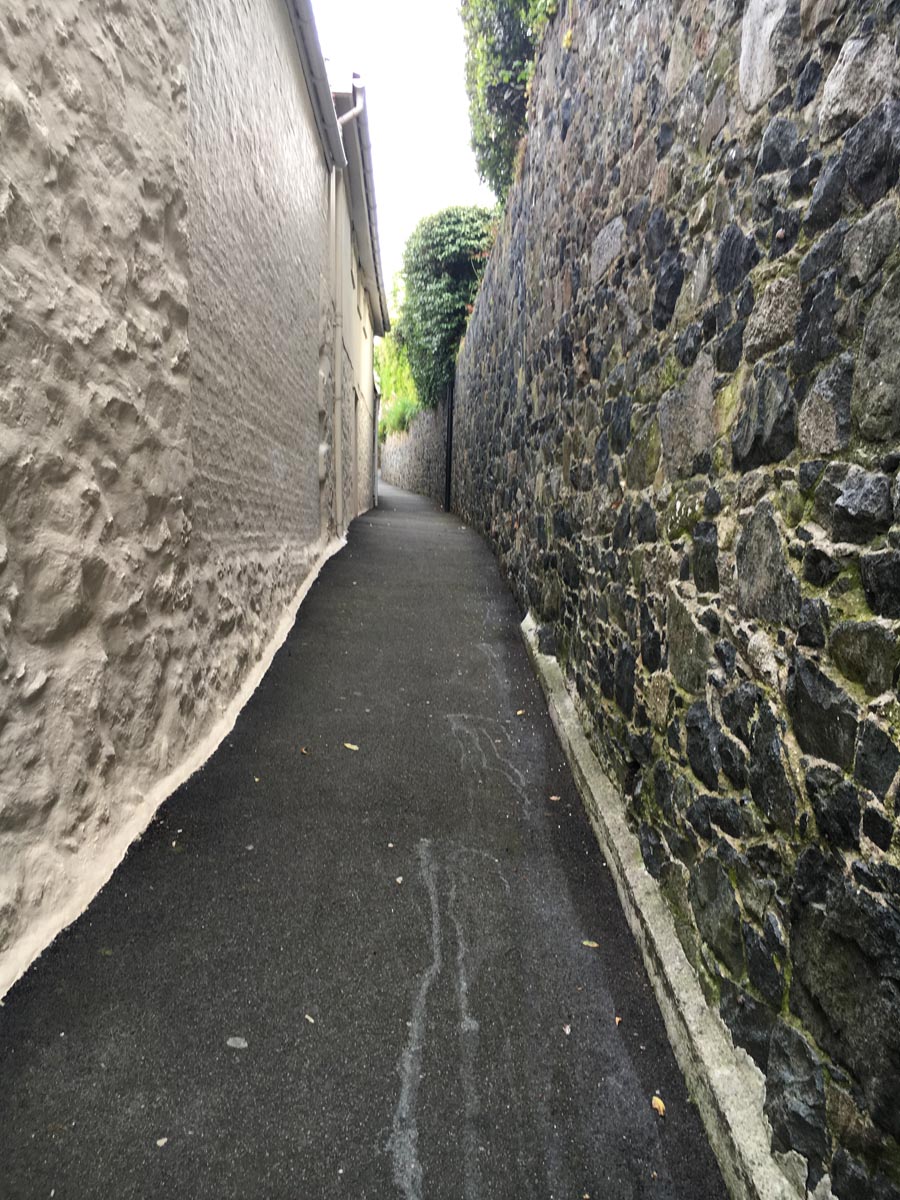
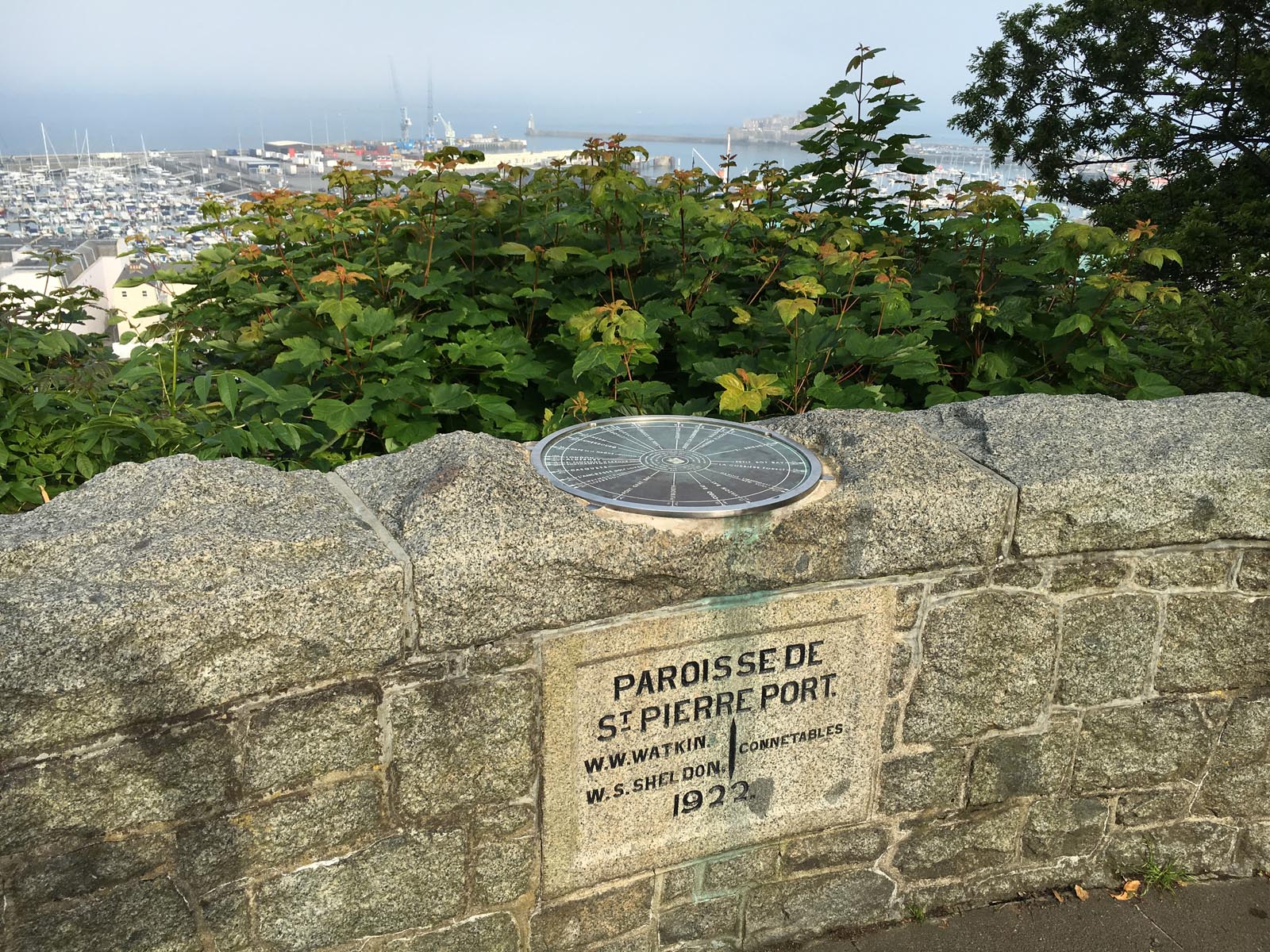
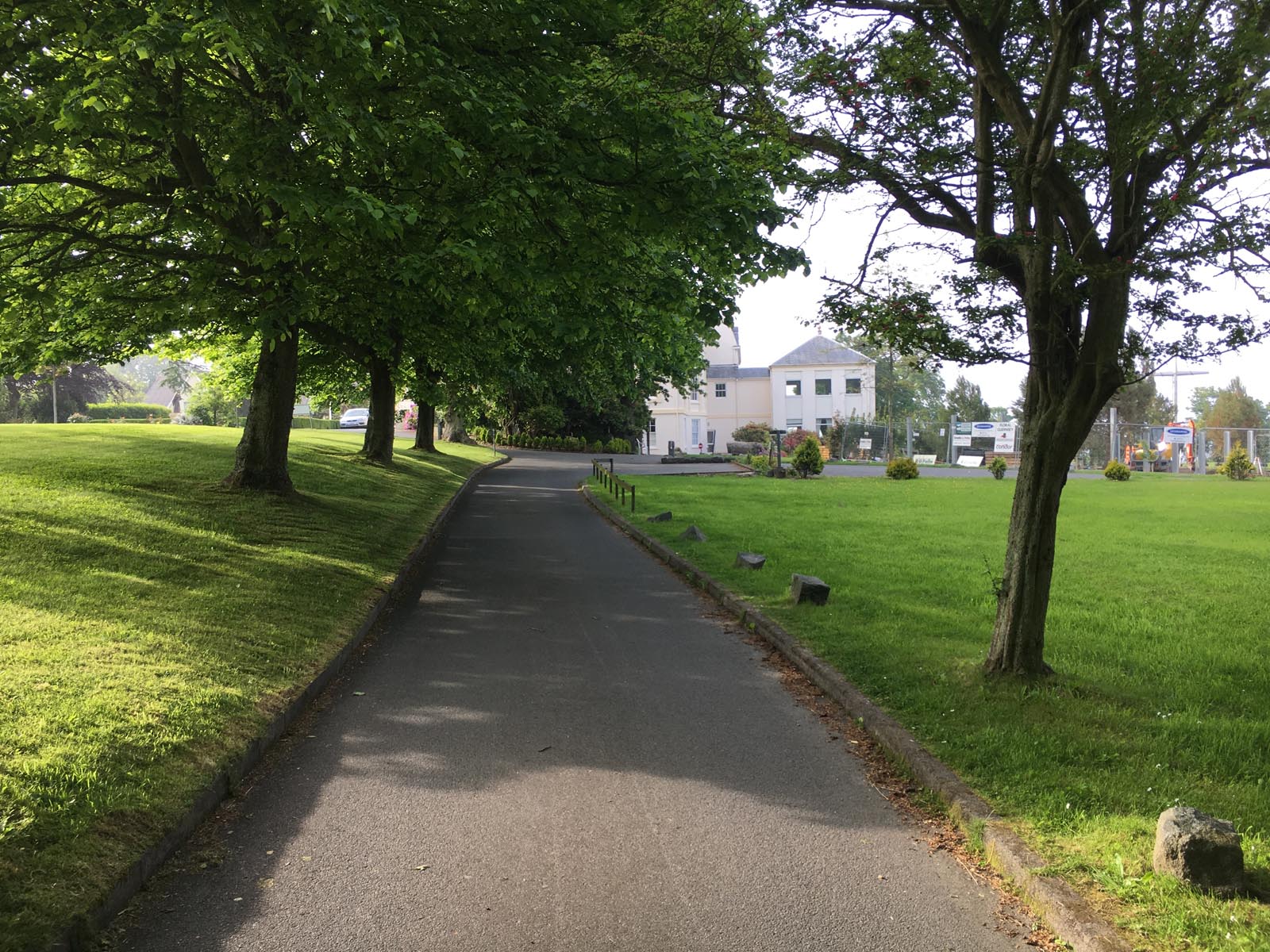
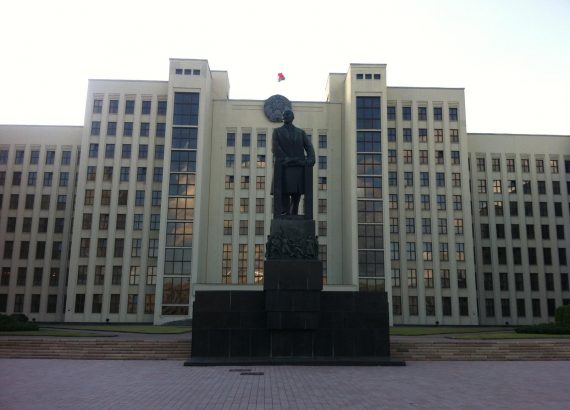
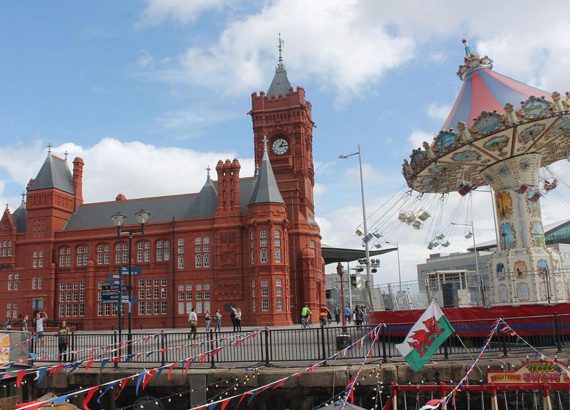
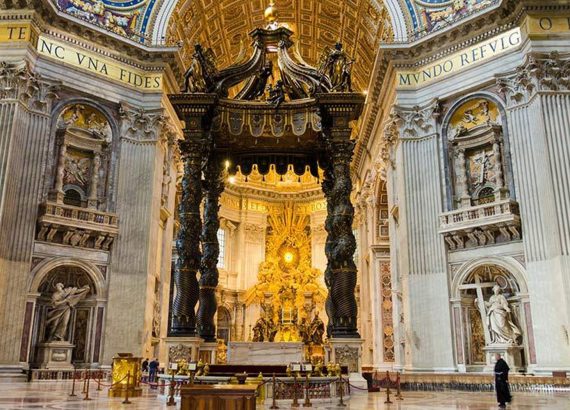
No Comments